My guide Carlos Espin greeted us saying “ Let’s start the day with something beautiful” and he took us to some of the most pristine views of scenic landscapes as we soaked in the island way of life. Ibiza had a laid-back vibe about it, a happy place for everyone. whether you are partying or sunbathing on a beach or walking around charming villages, or binging on food and wine. Our day however did start on a beautiful note as Carlos said, ” Ibiza has both an acropolis perched high up on a hillock and a necropolis, which is buried below the earth and they are both over 3000 years ago. ” He was referring to Ibiza Dalt Vila or the Ibiza old town and the Ibiza Puig des Molins or the Ibiza Necropolis also called the City of the Dead. And that intrigued me as I became a bit of a time traveller in Ibiza.
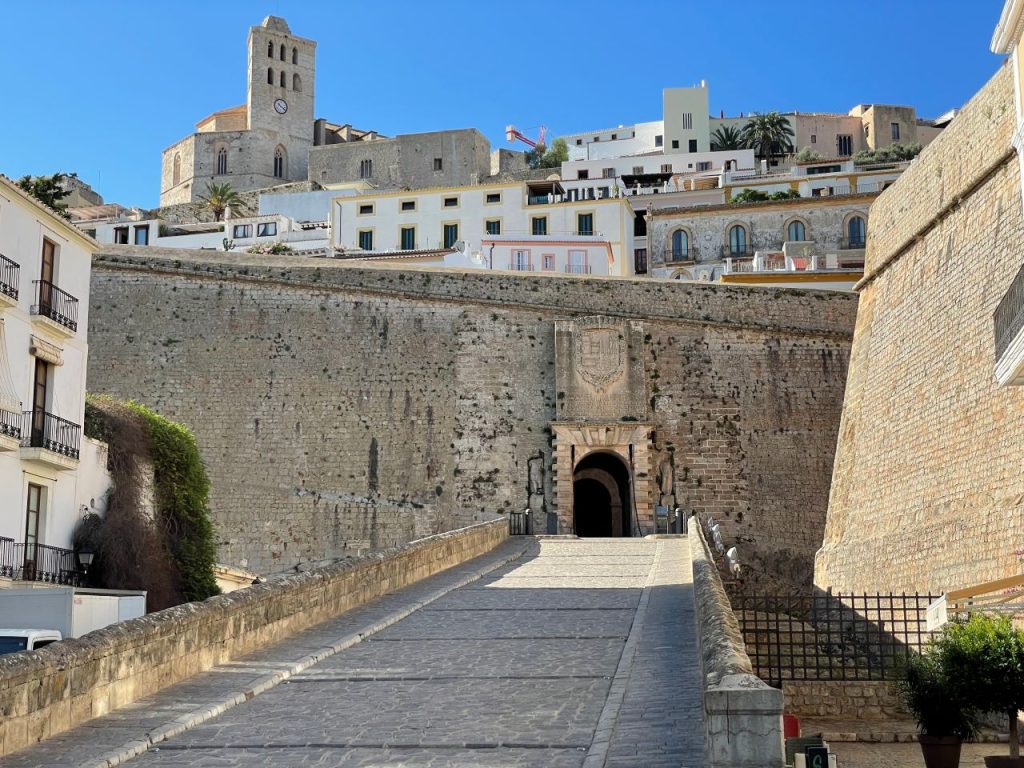
Ibiza’s chequered history has cultural influences from different civilizations and dynasties – from Phoenicians to Punics, Romans to Carthaginians, Byzantines to Moors, and Catalonians creating a rich tapestry of traditions. And our story starts right at the beginning when Ibiza, was founded by the Phoenicians in 654-650 BC as a small trading port.

Even today, the remnants of their civilization can be seen in the Sa Caleta settlement in Sant Josef, along the southern coast of the island. Located on a rocky cliff and about 10 km from Ibiza town, the archaeological remains show some of the ancient stone dwellings of the founders built on narrow alleys that opened into small courtyards or squares. The ruins that gave a little peek into the old trading colony were the foundation of the legacy left behind by the Phoenicians before they abandoned this settlement and moved towards what is today modern Ibiza or Eivissa as it’s called in Catalonian.
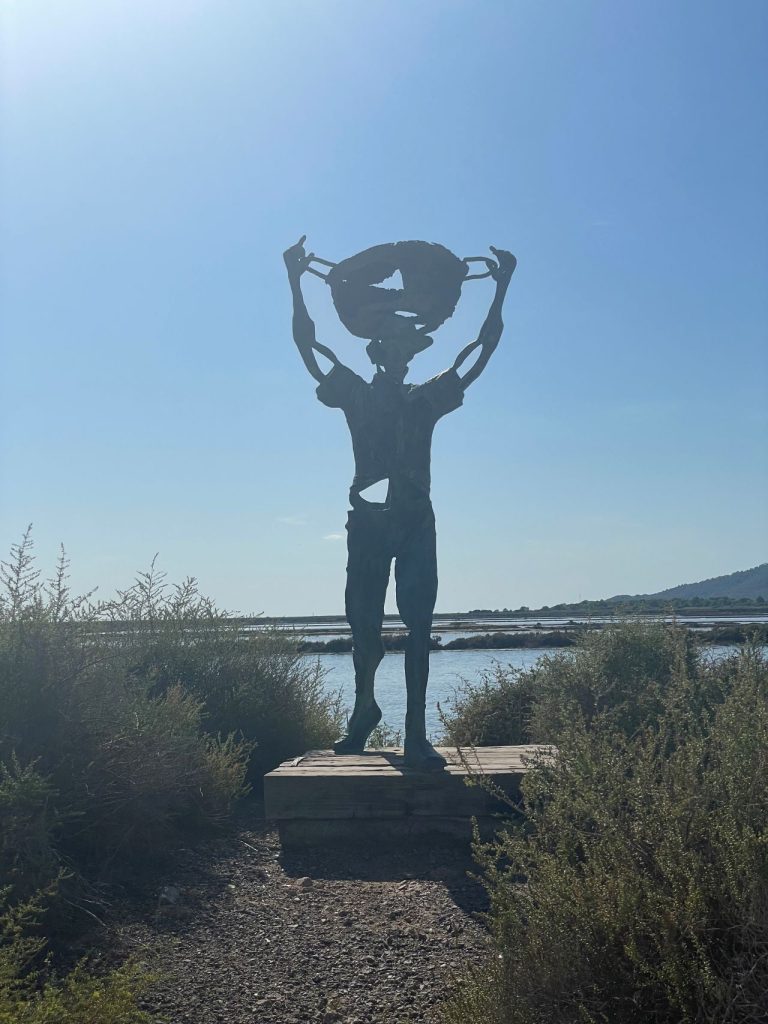
When the Phoenicians landed on the shores of Ibiza, they harvested and traded salt, which was then referred to as “white gold” and hence established their settlement closer to the salt pans. Even today salt is more than just a seasoning ingredient in Ibiza and there is an entire national park – Ses Salines National Park dedicated to the legacy of salt on the island.
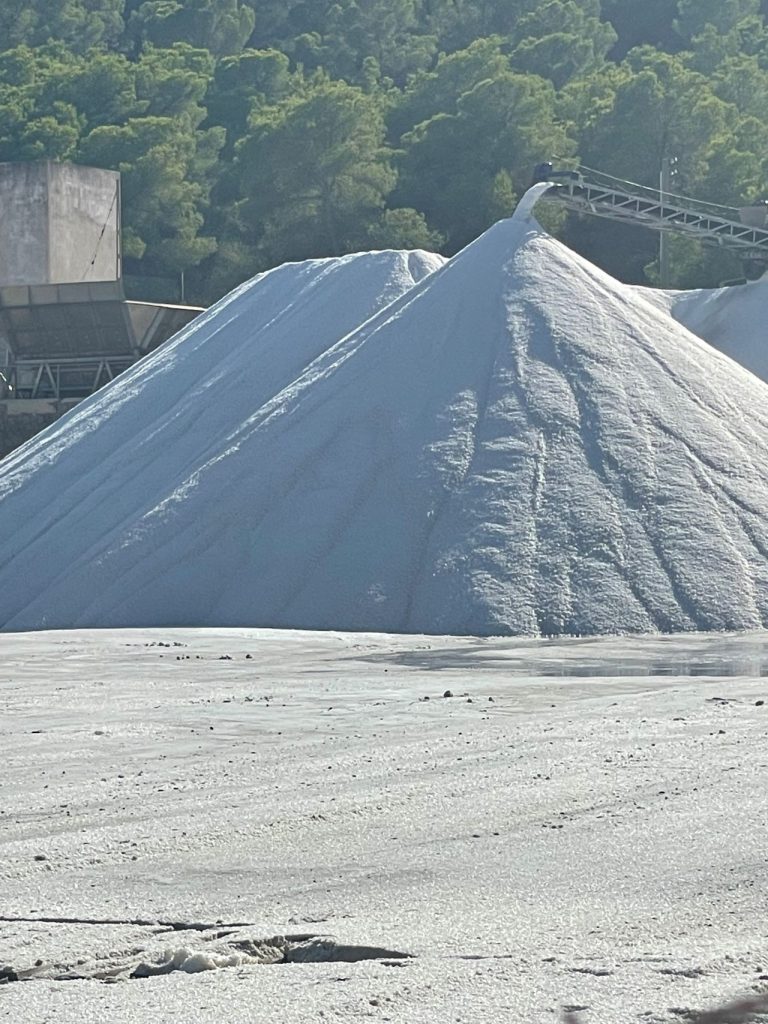
According to the Phoenicians Ibiza was a magical haven as it was bereft of any poisonous snakes (they were later imported) that could harm the inhabitants. They named the island Bes after the Egyptian deity who they believed had blessed the land. Bes, a guardian deity also heralded as the God of Good Spirits is also associated with Bacchus the Roman God of wine. However, the patron deity was Tanit as the Carthaginians who later followed the Phoenicians and the Punics felt that she represented the mystical energy of the island. Even today, the Cave of Es Culleram where over six hundred clay sculptures of the deity were excavated is considered a sanctuary of Tanit where she is worshipped.
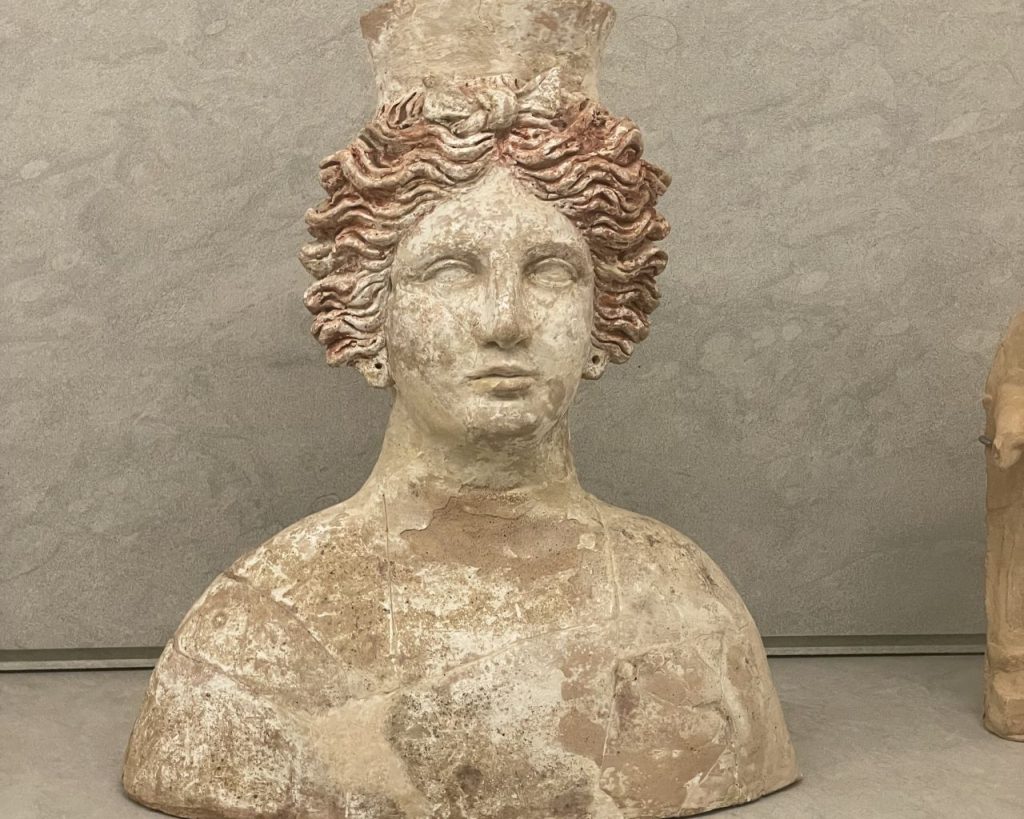
Ibiza Dalt Vila – Ibiza Old Town
Our day however began with a steep climb along the cobbled streets of Ibiza Dalt Vila or the Ibiza Old Town perched on a hillock, overlooking the city. Literally translated as the “High town or the Upper Town, the Ibiza Dalt Vila is a treasure trove of stories, a mosaic of different cultural influences and historic invasions. The imposing acropolis with its castle and cathedral at the summit is a time capsule that takes you on a historic tour of the island country from the Phoenicians to the Catalonians.
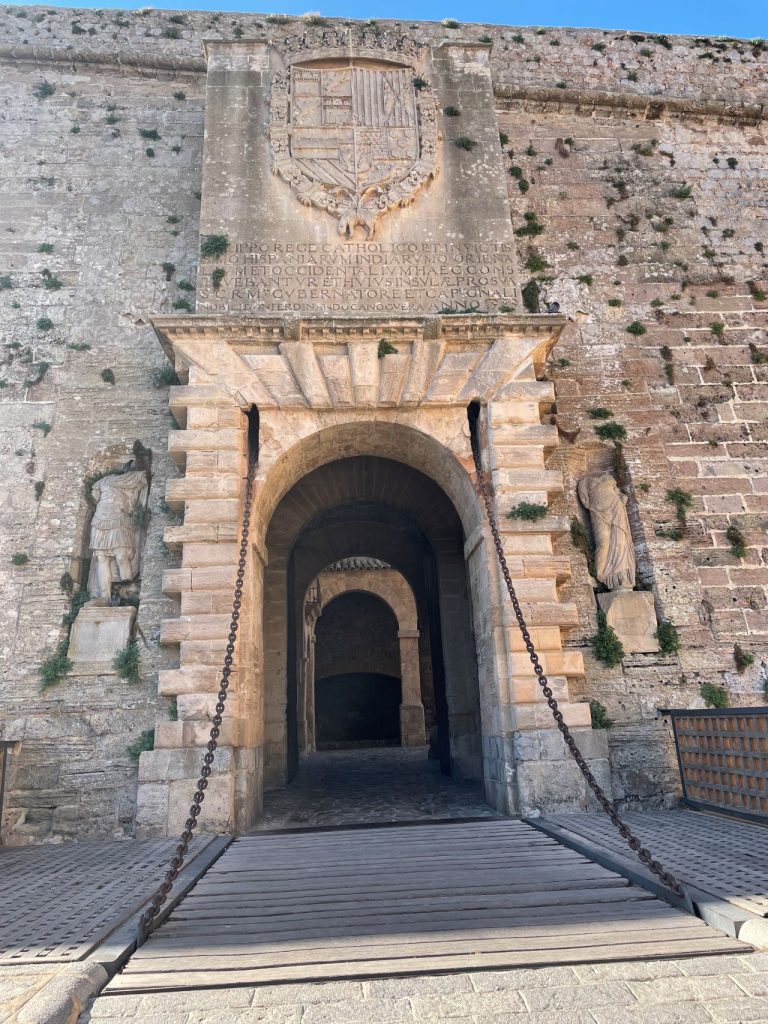
As you trudge along the pretty white cobbled streets of the Ibiza Old Town, walking past a medley of little cafes, charming restaurants, chapels and churches, medieval monuments, quaint mansions, craft stores, and souvenir shops. you also explore dark turrets and tunnels while gazing upon some of the most panoramic and stunning views of the Mediterranean.
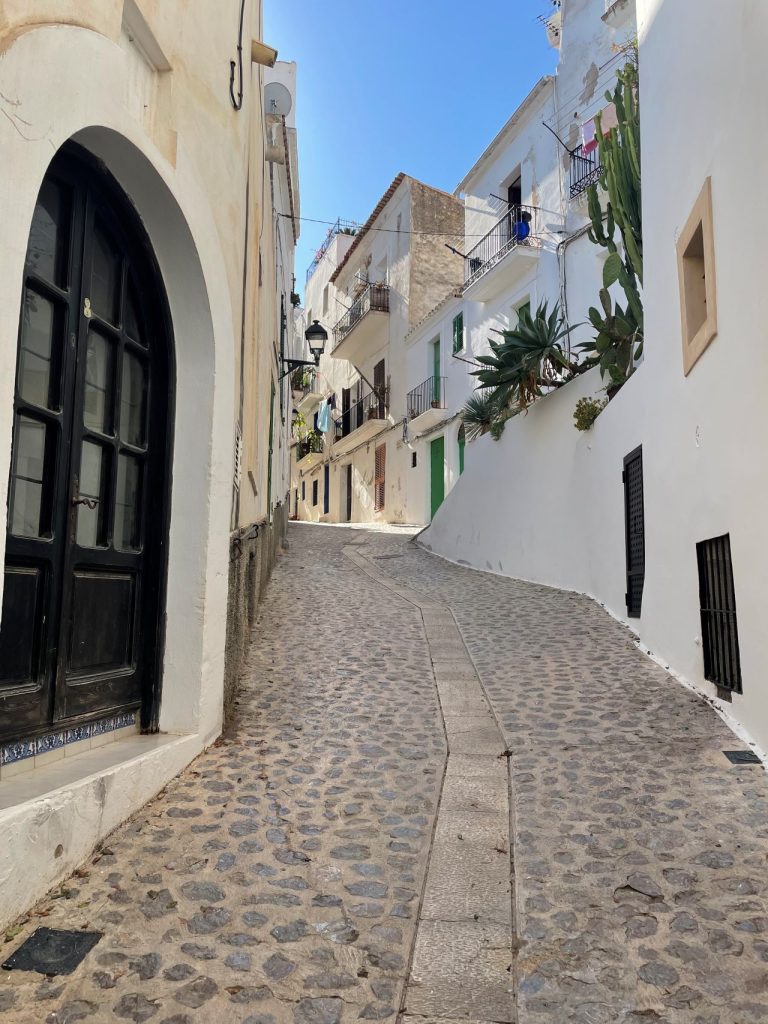
The UNESCO Heritage Site was originally founded by the Phoenicians but it reflects the very history of Ibiza across different civilizations and cultures. The Renaissance walls and Roman statues add to the charm. The city walls were built much later to protect the salt marshes from attacks from the Turks and they were designed by an Italian artist. There is history in every corner. Formidable bastions like the Bastion of Santa Lucia tower over you.

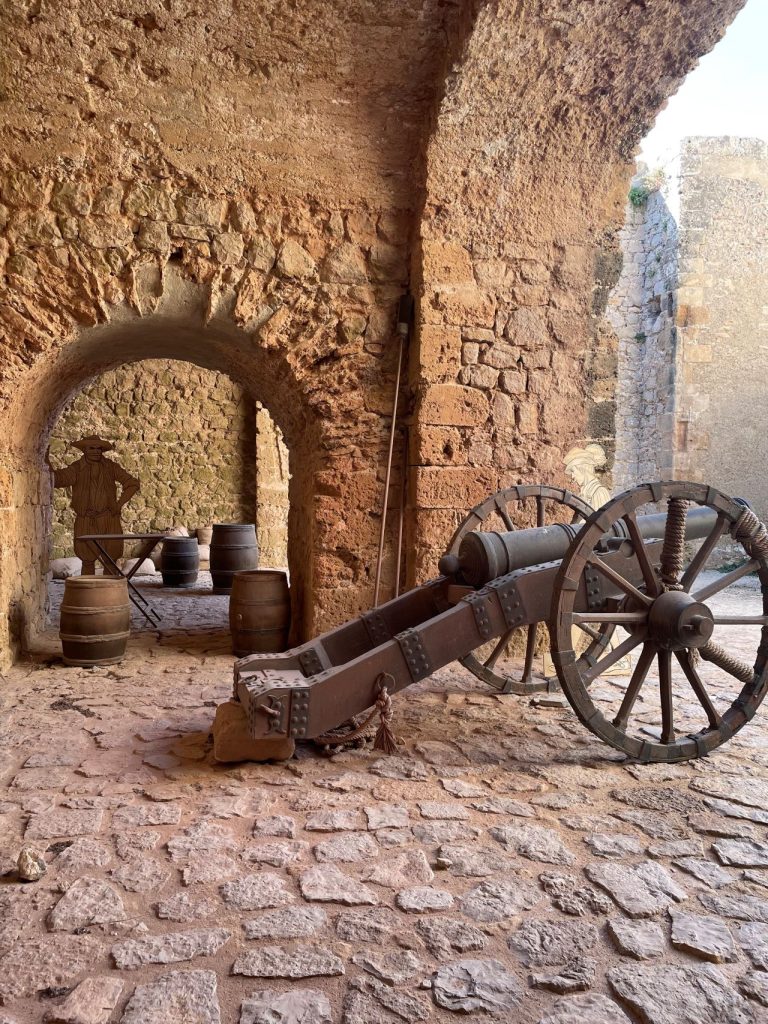
As you enter the fortified old quarter of the island there are five portals but the most dramatic of them all is the Portal de Ses Taules which has a medieval drawbridge flanked by statues of Juno, the Roman deity and warrior Cayo Julio Tirónand you are transported into a cobbled stoned armoury courtyard called and the lively main square called Plaza de Vila. The ramparts here are a testimony to one of the best-preserved fortifications in all of the Mediterranean. There are seven bastions – Sant Pere, Sant Jaume, Sant Jordi, Sant Bernat, Santa Tecla, Sant Joan, and Santa Lucia here as well.

The castle was once the seat of the government. There is a small chapel dedicated to San Ciriaco, the Patron Saint of Ibiza and there is a legend around a secret tunnel that opens into a lane that leads to a cathedral. According to the legend, the Catalans defeated the Moors by befriending the Emir’s brother who wanted to take revenge for a romantic betrayal. It is believed that he told them about the secret tunnel and opened one of the secret passages.
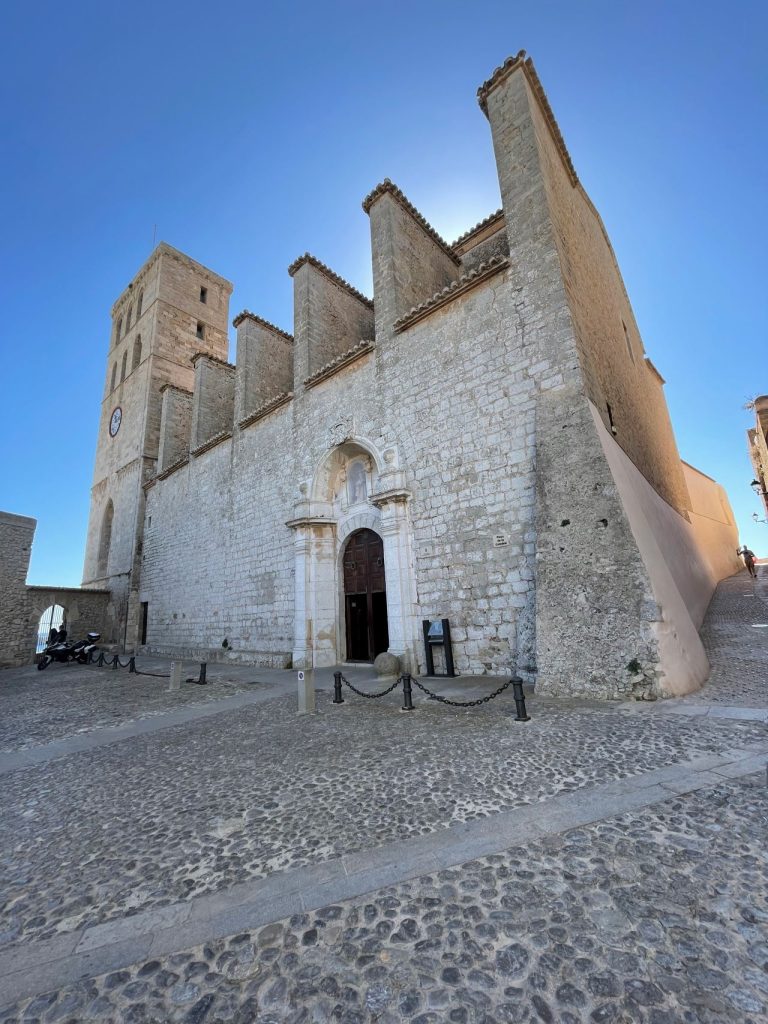
The Ibiza Cathedral or the Cathedral of Nuestra Señora de las Nieves or the Cathedral of Our Lady of the Snows built in the Catalan Gothic style treats you to some wonderful views of the city and the harbour, and on a clear day, you can even spot the island of Formentera. There is also an Archaeological Museum in front of the cathedral with some rare artifacts from the Phoenician era displayed.
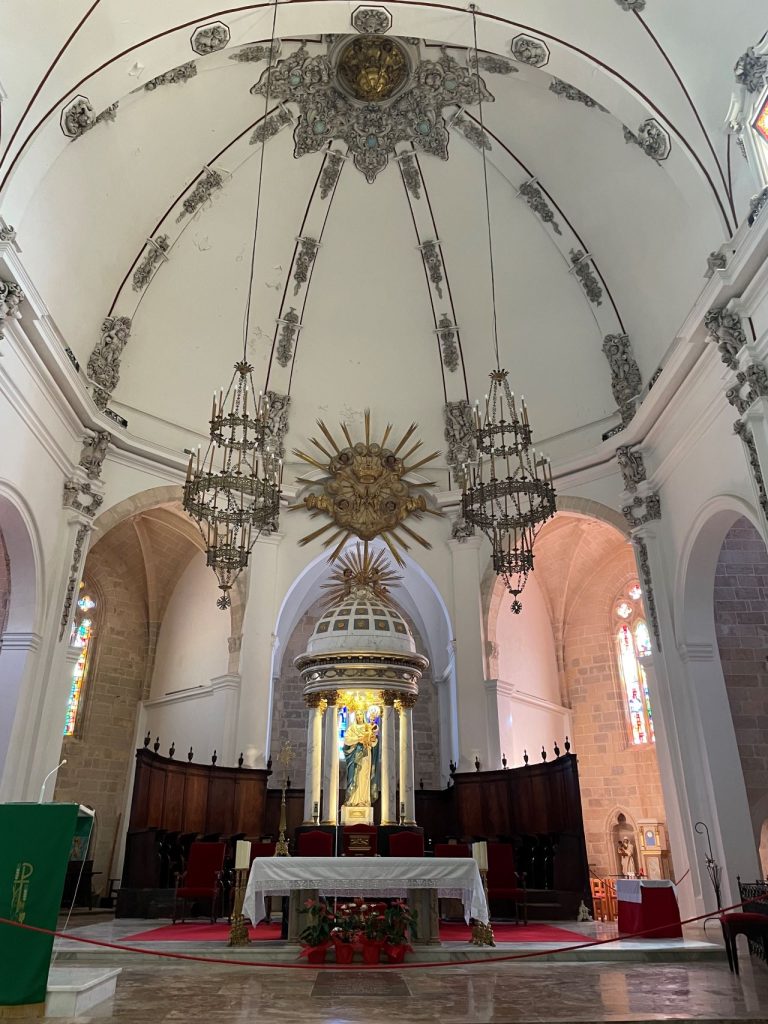
Some of the other places to see in Ibiza Dalt Vila include the Contemporary Art Museum which also showcases the remains of an ancient Phoenician home, located near the other gate, Portal Nou. There is also the Dominican Monastery, the convent of San Cristóbal where you can buy sweets made by the cloistered nuns, the Puget Museum, and the Archaeological Museum among other monuments. While musical and jazz events, medieval markets, festivals, and shows are performed in Ibiza Old Town, there is even an open-air cinema and theatre here as well. located on the rampart of Bastion of Sant Pere.
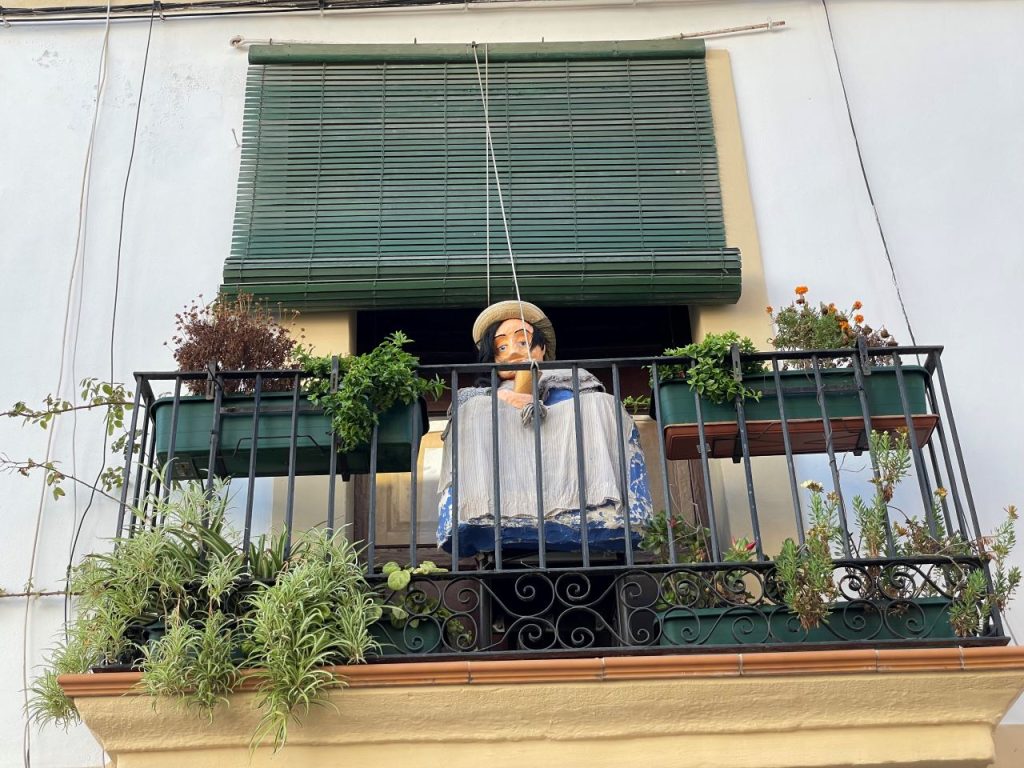
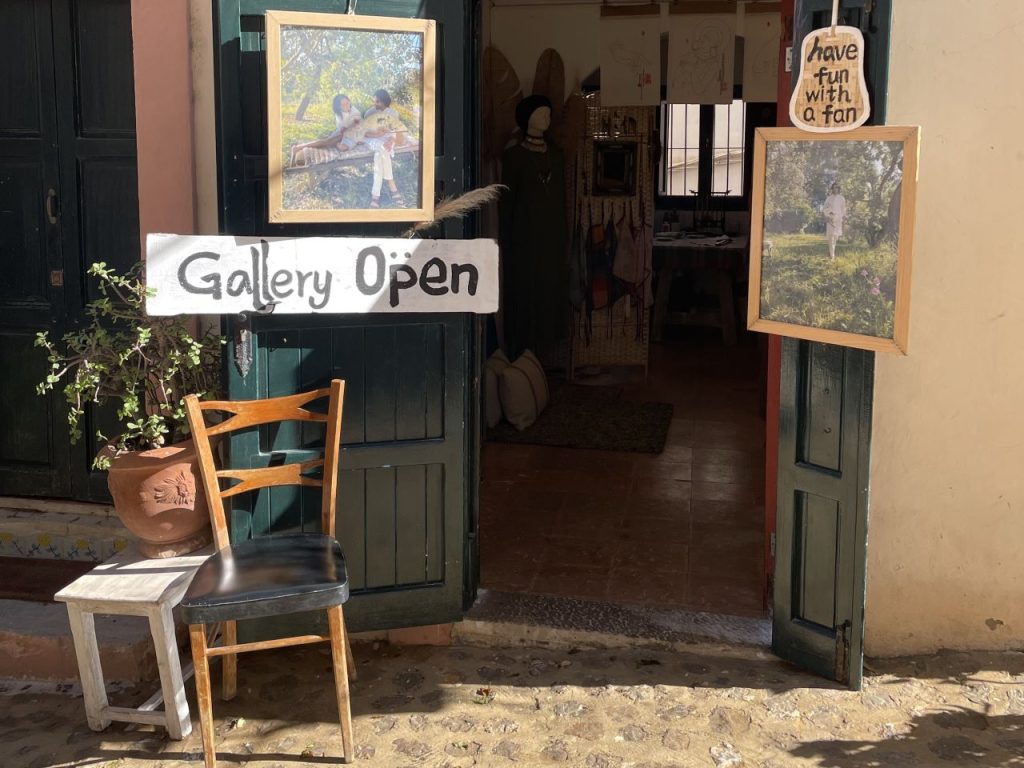
However, it’s the little galleries and craft stores, cafes, and bars that add to the allure of the Ibiza Old Town. Blending with medieval architecture and the old-world charm, these quirky and quaint souvenir shops and restaurants are delightful destinations in themselves.

Ibiza Puig des Molins – Ibiza Necropolis
If Ibiza Dalt Vila was the Upper Town of the Phonecians, Ibiza Puig de Molins was the lower part of the hill that became the City of the Dead.

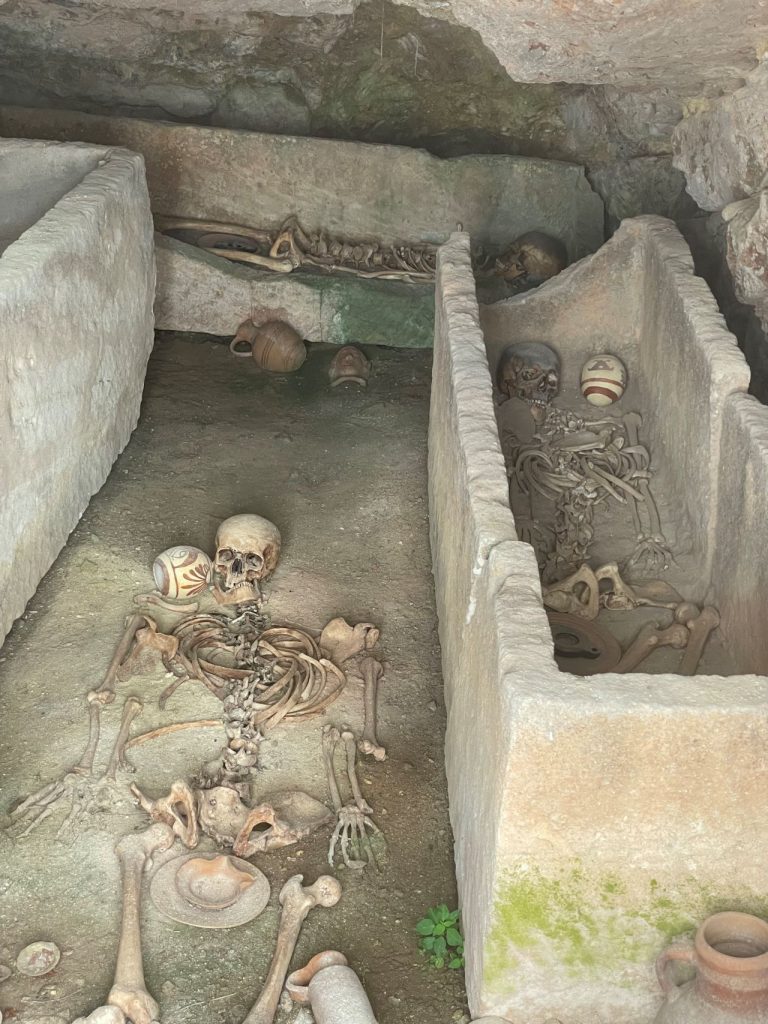
Descending deep into the recesses of the earth and peering through the dark burial caverns you can see tombs with skeletal remains and burial items scattered amidst some of them. The Ibiza Puig des Molins is a necropolis and a UNESCO Heritage Site as well and the burial caverns still have the remnants of the gravesite and the city’s ancient cemetery.

Spread over five hectares and surrounded by olive trees, this rocky shrubland was chosen by the Phonecians, as their ancient burial ground and the Ibiza Necropolis houses over 3000 underground tombs called hypogea, with the oldest dating back to the 7th century. The hypogea consist of a rectangular access shaft and the underground chamber is square-shaped. You can go underground to see the warren of caves with stone coffins with burial items and skeletal remains although 340 of these tombs can be seen from outside as well. The shafts were later used by peasants to plant fruit and olive trees, creating the current landscape.
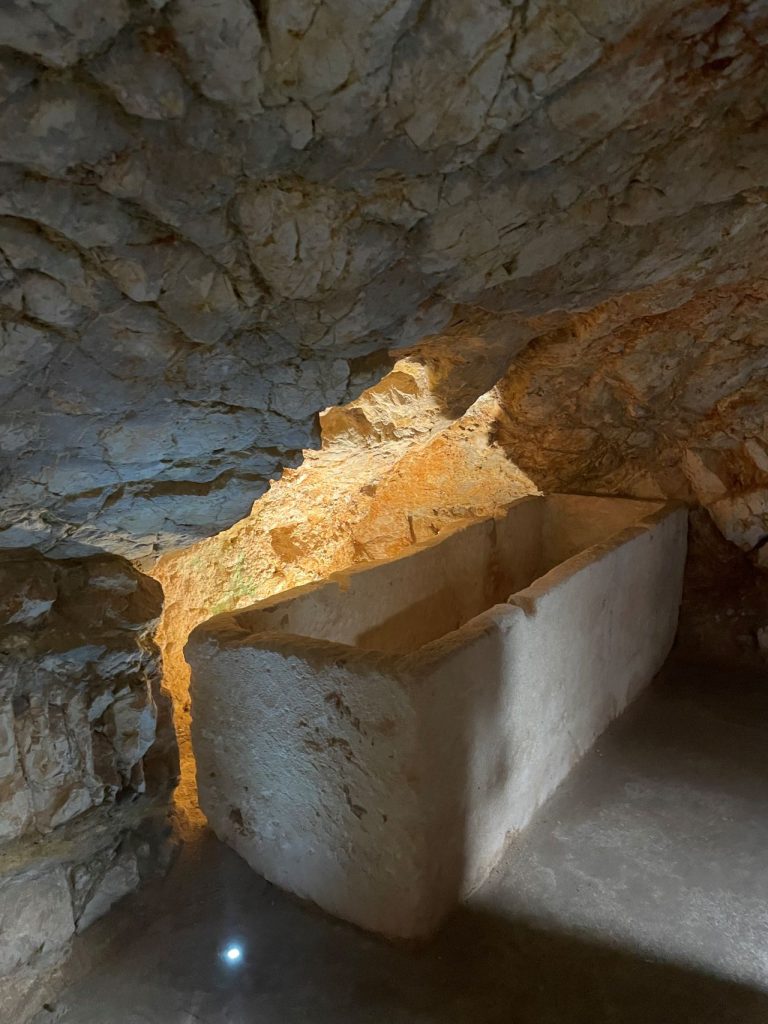
It was not just the Phonecians, but also the Punics and Romans who used this as their underground cemetery. The Puig des Molins’ Monographic Museum is the largest and most well-preserved Phoenician-Punic necropolis in the entire Mediterranean. The name originated from the windmills that once stood at the summit of the rocky hillock. Originally the cemetery occupied over 10,000 sq meters.
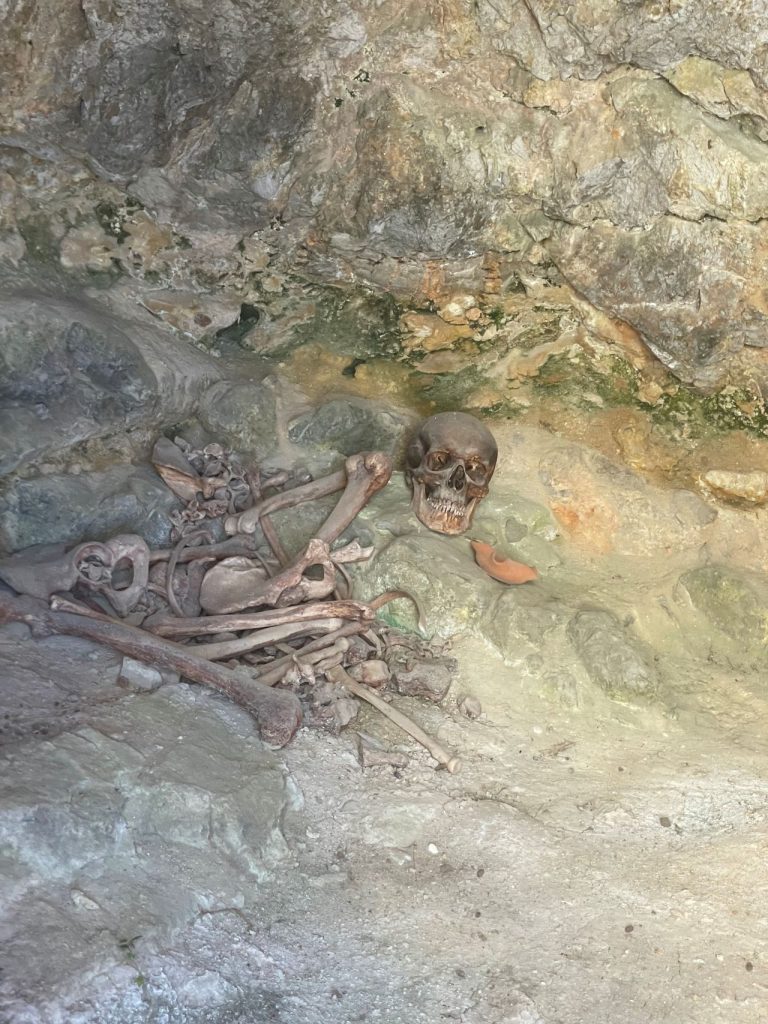
Excavated remains have shown how every civilization buried, cremated, and even celebrated their dead. Some tombs contained material possessions as the Phonecians believed that their kin would need them in their afterlife. Scattered among them were ceramics, sculptures and carvings, amulets, and even ostrich eggs as well. Some of these tombs had several gold, silver, and bronze jewellery as well. Unfortunately, a lot of these tombs have been raided and robbed by so-called treasure hunters for the jewellery and ceramics.
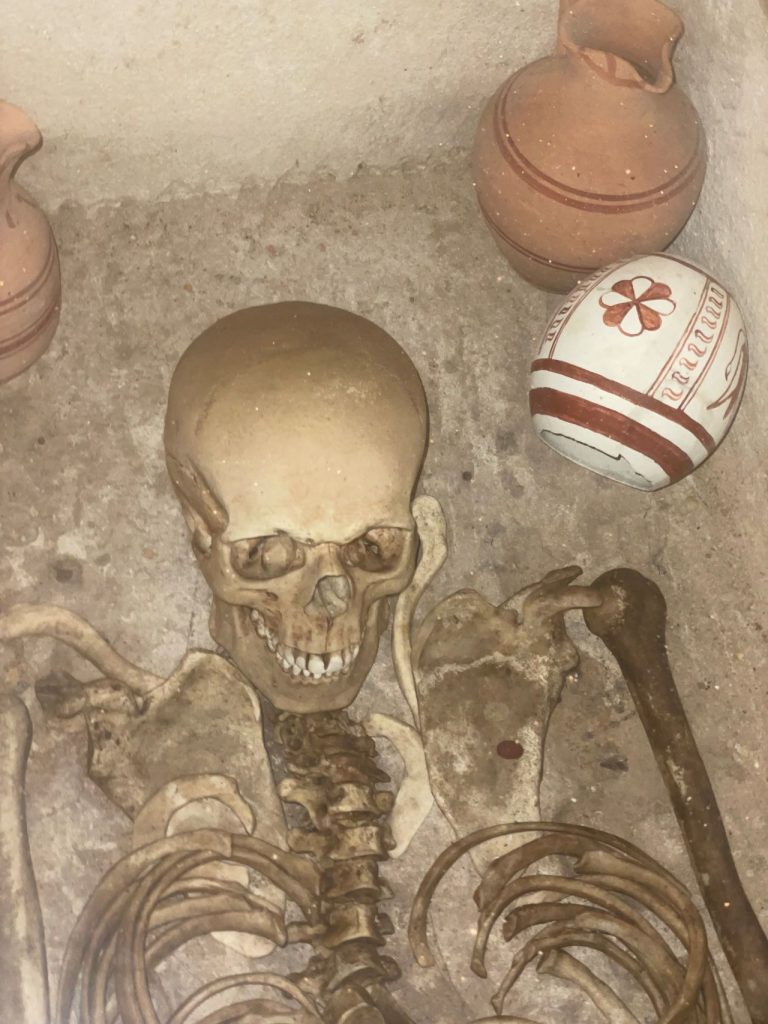
There is also an Archaeological Museum in Puig des Molins, which showcases the items like amulets to vases, figurines to weapons, and coins to jewellery that have been excavated. You can also see busts of Tanit and other deities worshipped across civilizations as well The museum showcases three civilizations – the Phoenicians, the Punics, and the Romans and there are five different galleries.
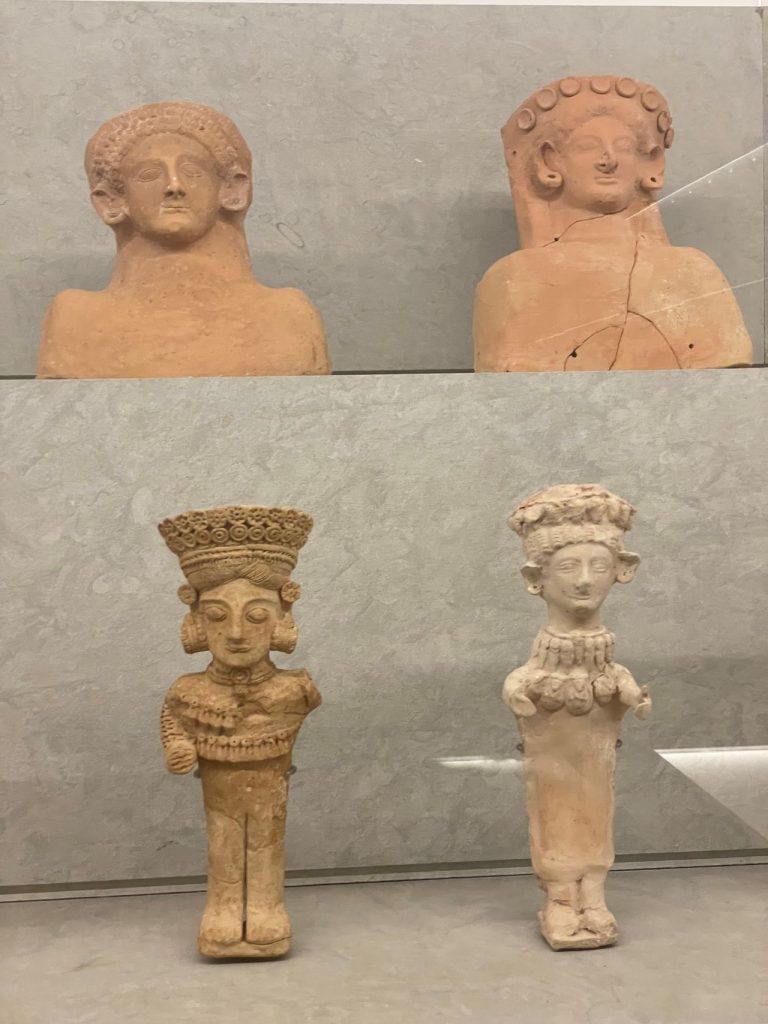
While it is often referred to as the museum of the dead, the objects here are a symbol of their funerary rites and rituals and their worship of the ancestors. Each room gives you a glimpse of their burial rites and their beliefs, be it about life, death, and the afterlife. For we learn more about life from death.
The post Dalt Vila and Puig des Molins – The Acropolis and Necropolis of Ibiza appeared first on Lakshmi Sharath.


0 Comments